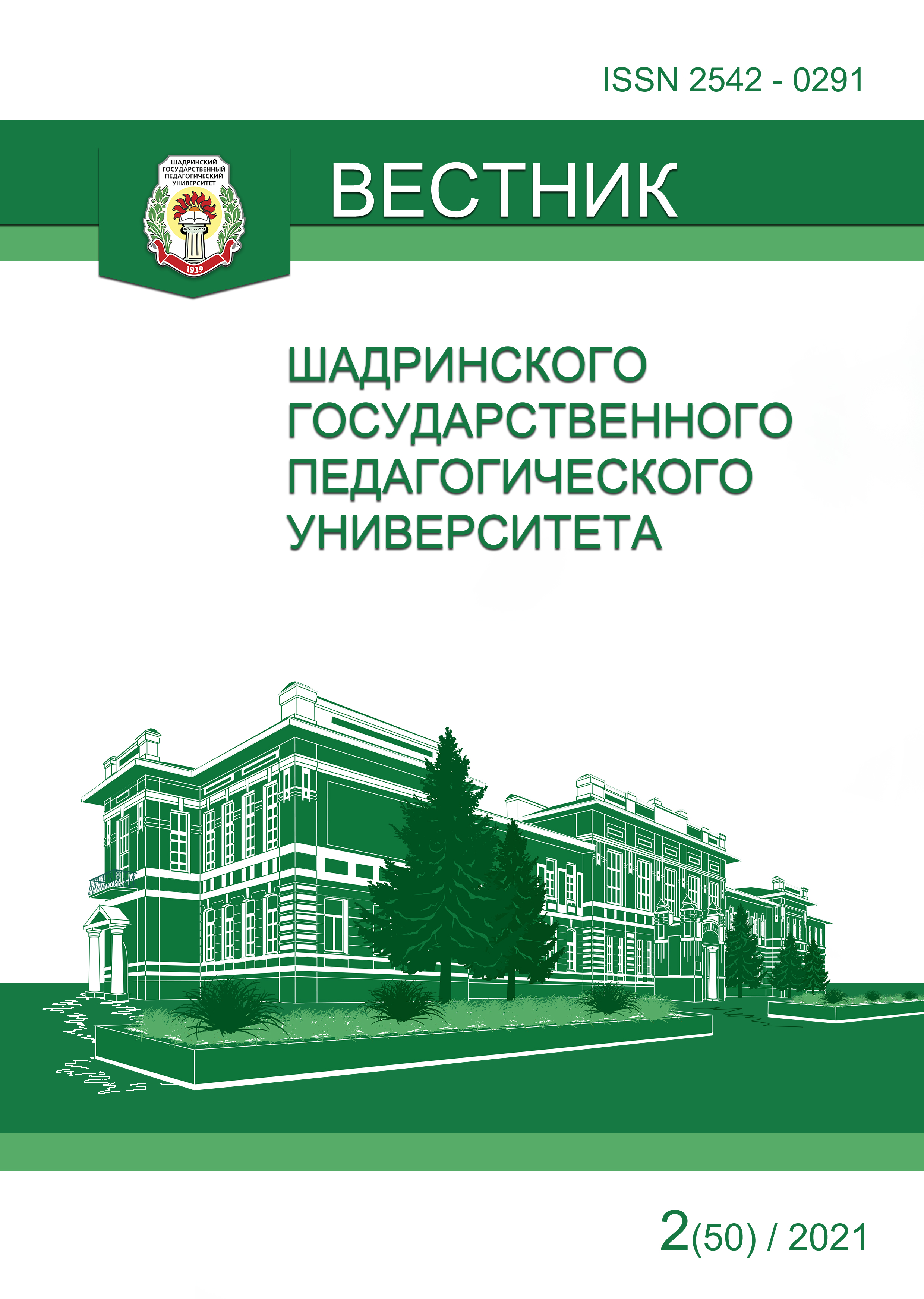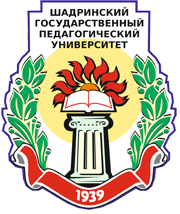Моделирование как средство развития у третьеклассников умения решать нестандартные задачи в кружке «За страницами учебника математики»
Modeling as a means of developing third-graders ability to solve non-standard problems in the study group “Behind the pages of a mathematics textbook”
Аннотация
В статье рассматривается проблема развития у третьеклассников умения решать нестандартные задачи. Целью данной работы является выявление педагогических условий, эффективно влияющих на развитие у третьеклассников умения решать нестандартные задачи в кружке «За страницами учебника математики» посредством моделирования. Ведущими методами исследования проблемы являются теоретический анализ психолого-педагогической литературы, педагогический эксперимент, тестирование, беседа, методы математической статистики. Основные результаты статьи: охарактеризованы умения младших школьников выделять тип задачи и способ ее решения, осуществлять знаково-символические действия; раскрыты возможности решения обучающимися занимательных логических, комбинаторных, арифметических, смекалистых задач и задач с промежутками; доказана эффективность реализации программы и рабочей тетради по развитию у третьеклассников умения решать нестандартные задачи посредством схематизированного и знакового моделирования.
Abstract: The article deals with the problem of developing the ability of third-graders to solve non-standard problems. The aim of this work is to identify pedagogical conditions that effectively influence the development of third-graders' ability to solve non-standard problems in the circle “Behind the pages of a mathematics textbook” by means of modeling. The leading research methods of the problem are theoretical analysis of psychological and pedagogical literature, pedagogical experiment, testing, conversation, methods of mathematical statistics. The main results of the article: the ability of junior schoolchildren to distinguish the type of problem and the method of its solution, to carry out sign-symbolic actions are characterized; the possibilities of solving entertaining logical, combinatorial, arithmetic, savvy tasks and tasks with intervals have been revealed; the effectiveness of the implementation of the program and workbook on the development of third-graders’ ability to solve non-standard problems by means of schematized and symbolic modeling has been proved.






